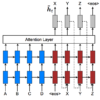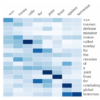This tutorial is designed for anyone looking for an understanding of how recurrent neural networks (RNN) work and how to use them via the Keras deep learning library. While the Keras library provides all the methods required for solving problems and building applications, it is also important to gain an insight into how everything works. […]










